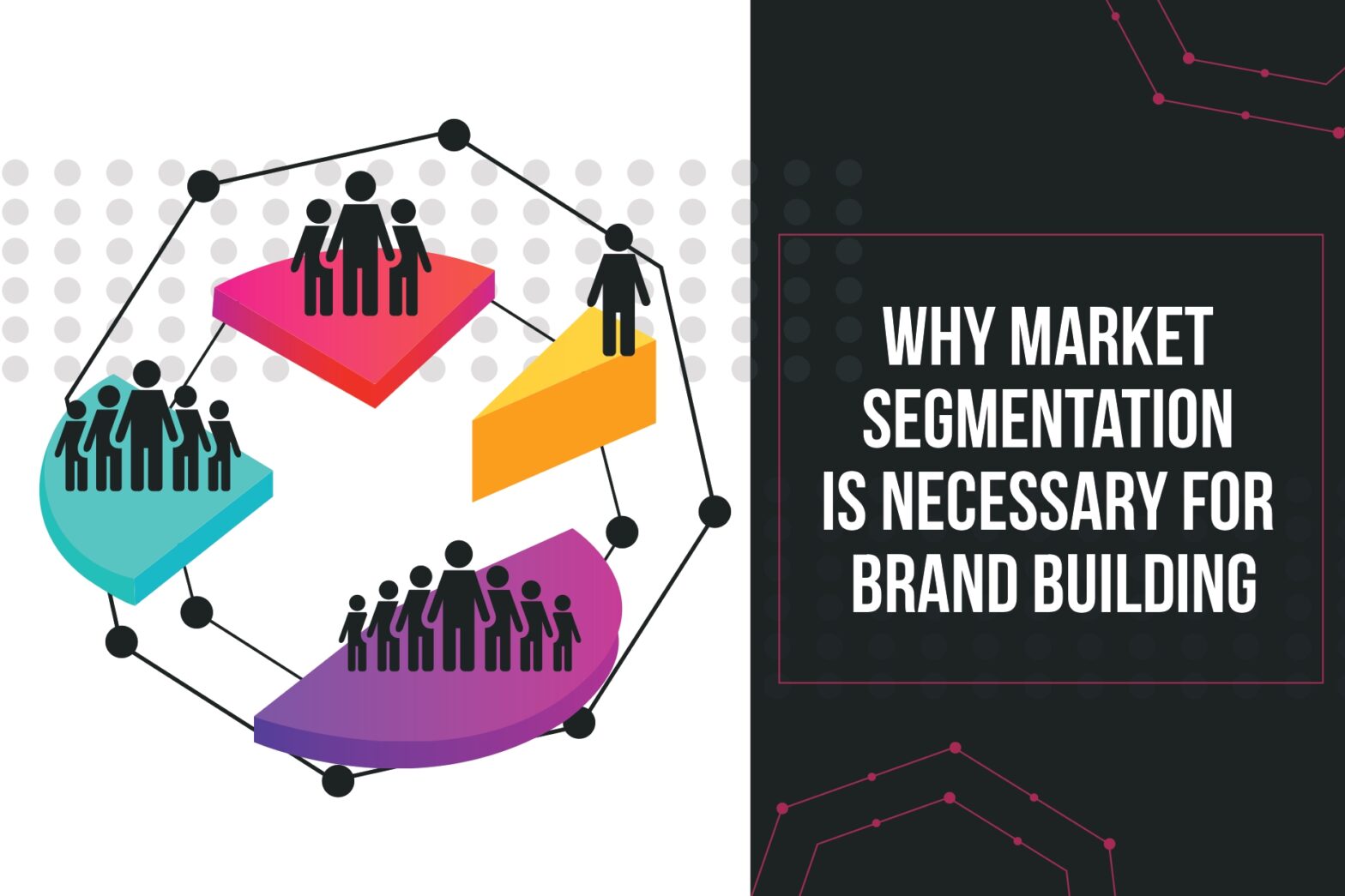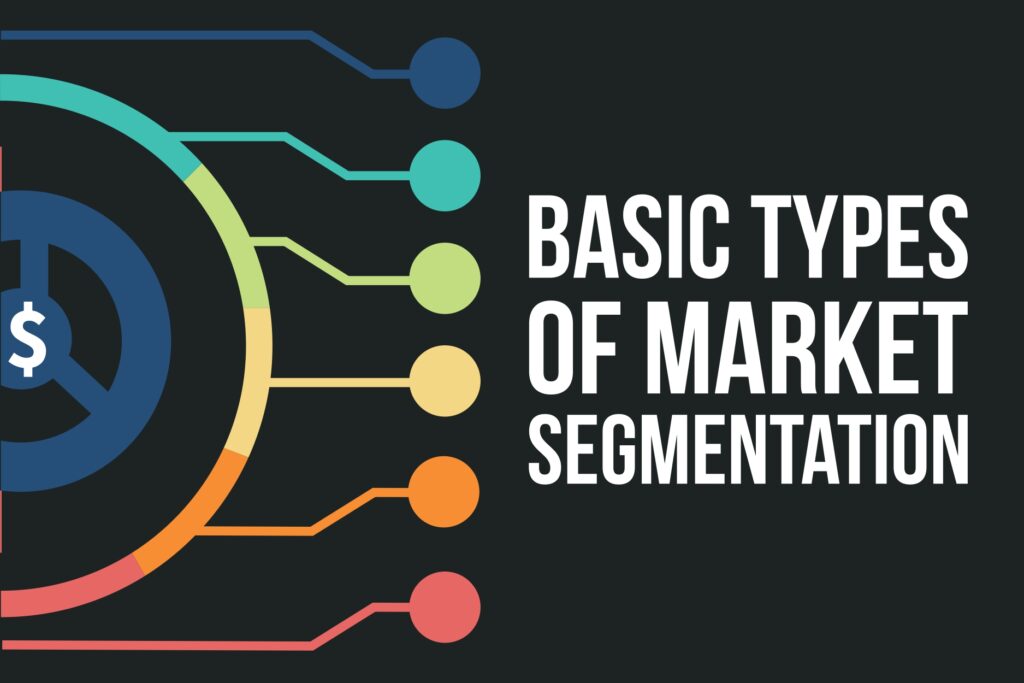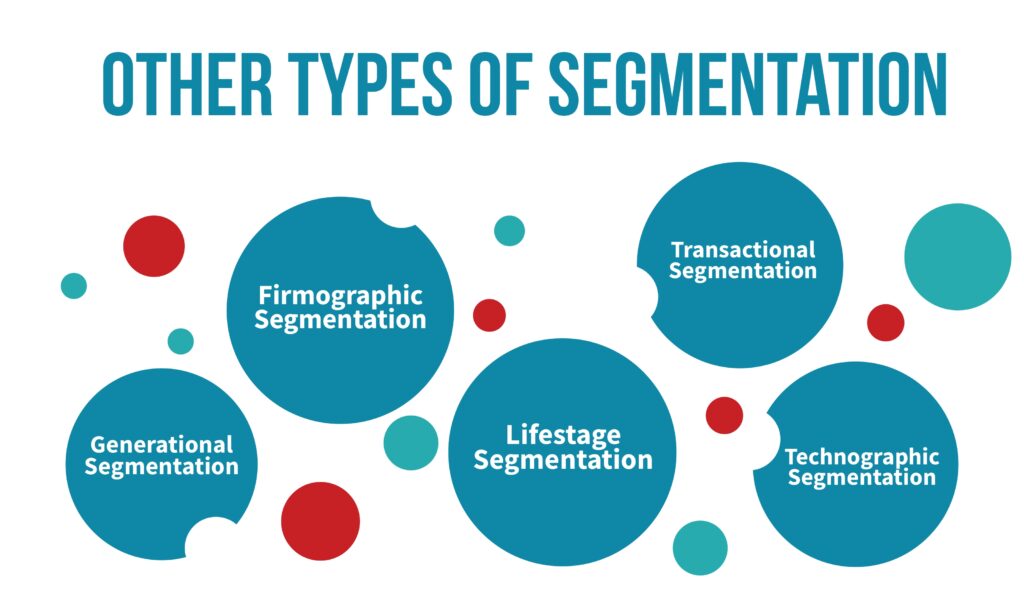
The market segmentation process has been around for a long time. It has been a solid part of marketing since the industrial revolution. Building a brand takes knowledge, understanding, and planning. To create a successful brand, you need to know your target market, what they want, and how to deliver it to them. The ability to make a niche within your market is essential to the growth of your business, and if you can build a brand that resonates with your audience, you can quickly gain customers in the long term.
What Is Segmentation?
When a market is homogeneous, segments are pretty similar concerning their needs and wants. Therefore, it is much easier to understand a homogeneous market’s characteristics.
Segmentation is the process of dividing a whole market into subgroups or segments. A market can either be homogeneous or heterogeneous. By segmenting the market, marketers can enhance the effectiveness of their marketing efforts.
A market is heterogeneous if the needs and wants of various segments differ. With a heterogeneous market, marketers need to figure out the different groups, their distinguishing characteristics, and the best way to reach them.
Basic Types Of Market Segmentation

Segmentation is vital for your brand’s growth. Unless you have a brand aimed directly at a particular age group, gender, or income bracket, you’re probably using segmentation of some sort. This business strategy allows you to tailor how you market your brand to your customers.
If you have a product that appeals to a wide range of ages, you can market it to all age groups. Market segmentation is about more than just price; it’s about how you can market your brand to different groups of people.
Demographic Segmentation:
One of the most popular methods of market segmentation is demographic segmentation. Its goal is to divide audiences according to observable differences between them. The following characteristics are considered:
- Age
- Sex
- Marital status
- Family Size
- Occupation
- Education level
- Income
- Race
- Nationality
- Religion
Demographic segmentation can help you target potential customers more effectively by tailoring your marketing budget to those who are more likely to be able to afford your product.
Not only does this mean that your business reaches its customers more efficiently, but it also ensures that the messaging those customers receive is more relevant to them!
Psychographic Segmentation:
Psychographic segmentation is market research that breaks down your target audience into smaller groups based on their psychological characteristics. This includes attributes such as:
- Values
- Interests
- Lifestyles
- Personality traits
- Hobbies
- Beliefs
Psychographic segmentation can be helpful for marketing because it can better understand what motivates your target audience and their needs.
Psychographic segmentation can be more challenging to identify than demographic segmentation. However, when conducted properly, it can allow for very effective marketing that speaks to consumers on a much more personal level. Good research is essential for success.
Geographic Segmentation:
Segmenting your market by geographic location is an essential yet beneficial segmentation strategy. A customer’s site can give you deeper insights into their needs and enable you to send out location-specific ads. Customers are divided into the following categories:
- Country
- Region
- City
- Postal code
This segmentation can help you tap into new markets and reach a wider audience. In addition, seasonal segmentation through geographical identification helps businesses market the right products to customers at the right time of year.
This is done by determining which areas are experiencing which seasons and then targeting ads and products accordingly. For example, a business selling winter coats would target ads to areas experiencing winter weather.
Behavioral Segmentation:
Behavioral segmentation is beneficial for e-commerce businesses. Collecting data from your website enables you to segment your customers based on their behavior. This allows you to tailor your sales efforts to specific groups of customers, increasing your chances of success. Behaviors to look at are:
- Online shopping habits
- Browsing habits
- Interactions with the brand
- Benefits sought
- Usage rate
- Loyalty to the brand
- Previous product feedback
Segmenting markets based on purchase behaviors is critical for any marketer as it allows you to target a specific group of people based on what you know they are interested in. By doing this, you can focus your efforts on a smaller group of people, resulting in a higher ROI for your company.
Other Types Of Segmentation

Other than the four basic segmentation types, different effective segmentations help businesses identify the most profitable customers in their target market. Its purpose is not only to benefit the brand approaching this strategy but also to serve its customers better.
Transactional Segmentation:
Transactional segmentation is a customer segmentation method that looks at interactions between a customer and a business. This can be behavioral, such as how often they visit your website, or based on other factors, like how long it’s been since their last order or their total orders.
Technographic Segmentation:
Technographic segmentation is about identifying and understanding your customer base according to technology’s role in their lives. By understanding technographic, you can make smarter decisions about how to reach and engage your target audience.
Generational Segmentation:
Businesses can better understand their target audience’s shared preferences, behaviors, personality traits, and beliefs by segmenting consumers into generations. Of course, not every generation member is the same, but generational segmentation can give you additional insight into your audience. This is especially useful for marketing as it allows you to understand better how to appeal to each group.
Firmographic Segmentation:
Firmographic segmentation analyzes and classifies B2B customers based on shared company or organization attributes & characteristics. By understanding which factors are used to identify customers, businesses can more easily target their advertising efforts:
- Industry Vertical
- Company size
- Geography
- Revenue
- Employee count
- Performance
Company segmentation is similar to demographic segmentation with individual consumers but instead looks at the characteristics of companies that may become customers.
Lifestage Segmentation:
You can also segment your customers into groups based on where they are in their lives. For example, attending college, getting married, and having children are critical life events to consider. However, people at different stages of life need other things.
Benefits Of Market Segmentation

Market segmentation isn’t a new concept — it’s been around for quite a while. However, more and more businesses are discovering its benefits and implementing it into their marketing strategies. It is a powerful tool for businesses, large and small.
Improved Effectiveness:
The most significant advantage of well-executed market segmentation is that it allows businesses to identify the needs of their customer base accurately. With this information, they can then develop marketing strategies that are better equipped to target specific groups, improving the customer experience.
Efficient Spending:
Your targeted marketing will result in a higher return on investment because you’re not wasting money on marketing that goes to the wrong people. Also, the more targeted your marketing is, the better your leads will be. But, again, this is because you’re reaching the right people who are taking notice!
Business Focus:
Intelligent customer segmentation is key to a successful business. By focusing your activity on your target audience, you can ensure that every element of your business is working towards meeting their needs. This includes your marketing, research and development, and spending. In addition, by aligning your activity with your target customer, you can avoid wasted effort and resources on things that don’t matter to them.
Product Development:
Developing products that better meet your customer’s needs is one of the benefits of market segmentation. You can create products to appeal to the needs of your primary market segment and develop different products for different parts of your customer base.
Increase Brand Loyalty:
Building a rapport with your customers is essential to keeping them loyal to your brand. Customers are likelier to stick with your brand when they feel understood, uniquely well-served, and trusting, making it stand out.
Setting The Bar High:
Market segmentation aims to ensure that your product or service is in high demand, increase the value of your product, and create narrower marketing campaigns. If you properly segment your market, you can put yourself ahead of your competitors and speak to different customer personas, increasing profits.
Expand Your Territory:
By segmenting markets, businesses can more easily identify gaps in their current marketing efforts and discover new growth opportunities. For example, when reviewing your audience data, you may be surprised to find interests you didn’t know your customers had. This analysis can help you expand your reach and serve your target market better.
Conclusion
A company’s brand is the identity of that company. It’s the way the company is perceived by its target market, and it’s what differentiates that company from its competitors. Therefore, a business needs to build its brand correctly. It’s also essential for the industry to understand its target market to create a brand that resonates with that audience. And one of the most critical factors in building a brand’s reputation is being able to market to a specific audience. This is why it is so important to consider marketing segmentation.




